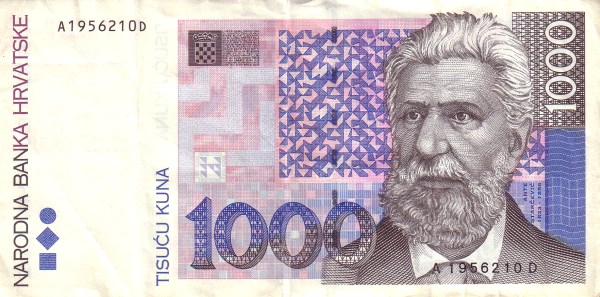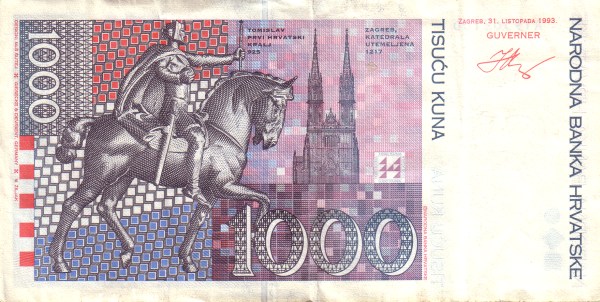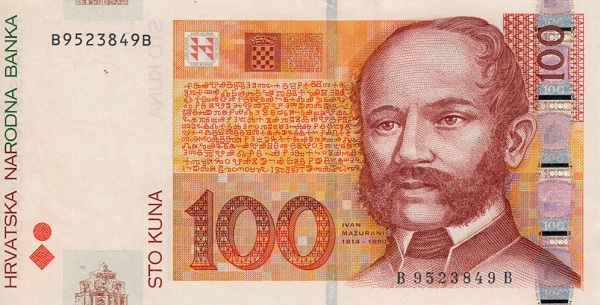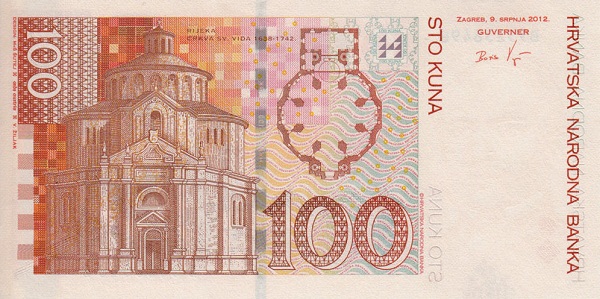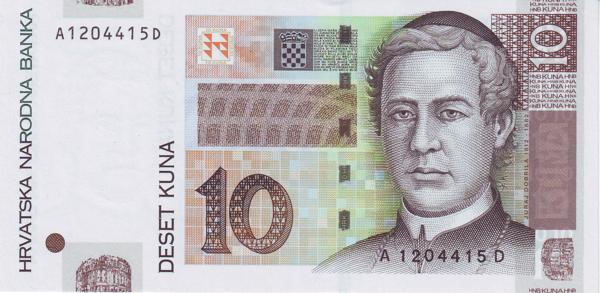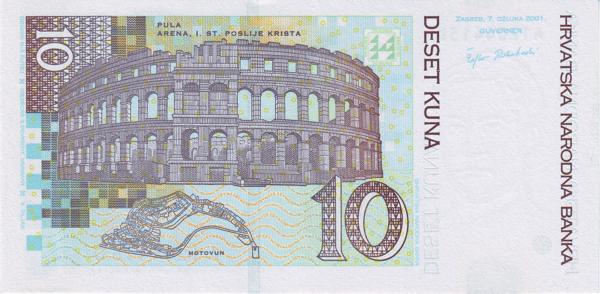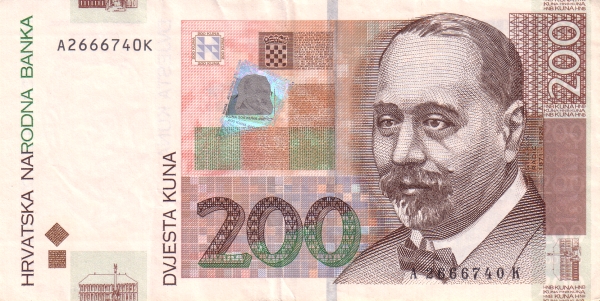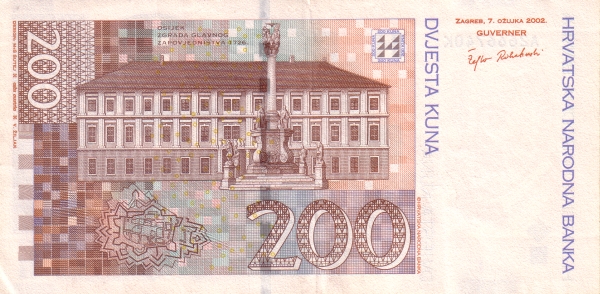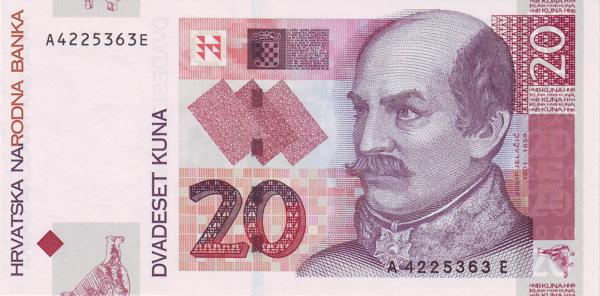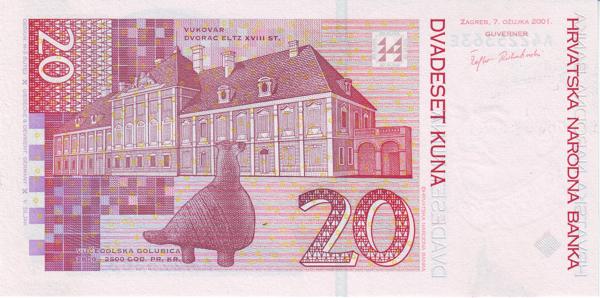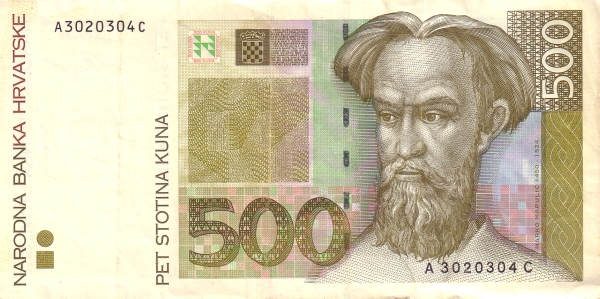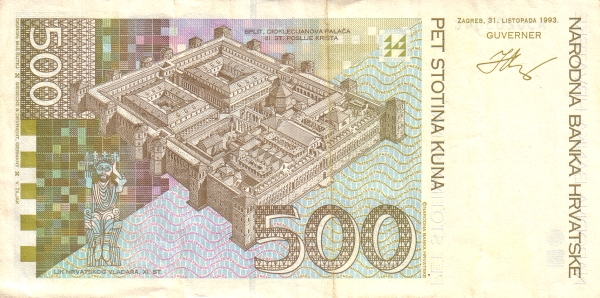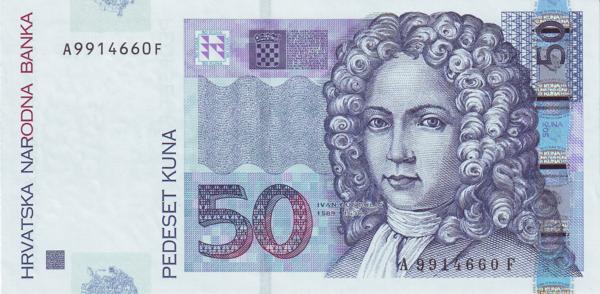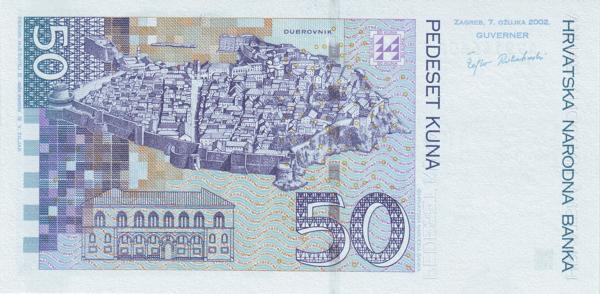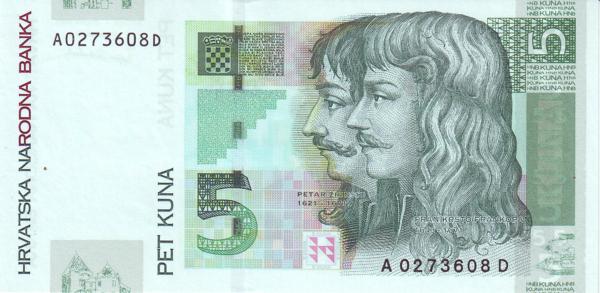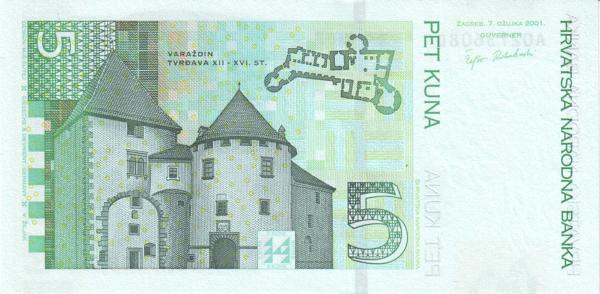Croatia: A Rich Tapestry of History and Culture
Situated at the northwestern edge of the Balkan Peninsula, Croatia—officially known as the Republic of Croatia—boasts a unique geographical and cultural identity. This picturesque country shares its borders with five nations, including Bosnia and Herzegovina, Hungary, Montenegro, Serbia, and Slovenia. Additionally, it enjoys a maritime boundary with Italy. You will find that Croatia covers an expansive area of 56,594 km². Interestingly, this makes it slightly larger than Bosnia and Herzegovina, comparable in size to the U.S. state of West Virginia. With a stunning coastline stretching over a thousand islands along the Adriatic Sea, Croatia attracts many tourists. The allure of medieval towns and a pleasant Mediterranean climate enhances its reputation as a sought-after holiday destination in Europe.
Population and Language
As of 2015, Croatia has a vibrant population of approximately 4.2 million people, with Zagreb serving as both the capital and the largest city. The official language spoken in Croatia is Croatian, a rich South Slavic tongue that uses the Roman script. This adds to the country’s linguistic diversity and cultural vibrancy, as various dialects and accents reflect the historical influences on this nation.
A Historical Overview
The lands that constitute Croatia have a storied past. They were an integral part of the Austro-Hungarian Empire until World War I officially marked their transformation. In 1918, the Croats, along with Serbs and Slovenes, forged a kingdom that evolved into Yugoslavia by 1929. Following the tumultuous period of World War II, Yugoslavia emerged as an independent communist state led by the prominent figure, Marshal TITO.
Eventually, Croatia asserted its independence from Yugoslavia in 1991, yet this declaration ignited a fierce struggle. For four long years, the country endured sporadic but intense fighting, as Croatian lands faced occupation from Serb armies. Under the auspices of the United Nations, Croatia regained control over the last Serb-held enclave located in eastern Slavonia in 1998. This marked a significant step towards stabilization and recovery. In 2013, Croatia proudly joined the European Union, becoming its 28th member state, further solidifying its presence on the European stage.
Government Structure
Operating under a parliamentary democracy, Croatia adheres to a constitution adopted on December 12, 1990. The nation officially declared its independence on June 25, 1991, marking a new beginning in its governmental structure. This democratic framework allows for political stability and civic engagement within various spheres of life.
Geography and Climate
The geographical landscape of Croatia is diverse and captivating. Nestled between central and eastern Europe, it enjoys a lengthy coastline bordered by the Adriatic Sea. The terrain features rocky coastlines, sprawling flat plains along the Hungarian border, lush forests on the mountains, tranquil lakes, and gentle rolling hills. Each of these geographic attributes contributes to Croatia's breathtaking scenery and rich biodiversity.
When it comes to climate, Croatia is equally varied. The northern regions experience a continental climate, while the coastal areas enjoy a Mediterranean climate, characterized by warm, dry summers and mild, wet winters. The central regions showcase a semi-highland and highland climate, providing yet another layer of diversity to the Croatian experience.
Population Demographics
The Croatian nationality plays a significant role in the country’s overall identity. Primarily composed of Croats, who account for about 90% of the population, the nation also embraces other ethnic groups such as Serbs (4.5%), and various minorities including Bosniaks, Hungarians, Slovenians, Czechs, and Roma. The religious landscape reveals a predominantly Catholic demographic, comprising approximately 88% of the population, while Orthodox Christians and Slavic Muslims together account for around 6%. The literacy rate stands impressively at 98%, indicating a well-educated populace.
Natural Resources and Agriculture
Croatia is endowed with various natural resources that have been tapped to enhance its economy. These resources include oil, coal, bauxite, and low-grade iron ore, to name a few. Additionally, the nation has access to valuable minerals such as calcium, gypsum, natural asphalt, and silica. Croatia's agricultural sector flourishes as well, producing an array of crops ranging from wheat and corn to olives and grapes. Among animal husbandry, dairy products and livestock also thrive, contributing to local sustenance and trade.
Industries and Exports
The industries in Croatia are quite diverse, consisting of chemicals, machine tools, fabricated metal, and steel products. The country's economy benefits from sectors like electronics, paper, wood products, textiles, and shipbuilding, with tourism serving as a major pillar of the economy. Exports play a crucial role in Croatia's economic health, spanning various commodities such as transport equipment, machinery, textiles, chemicals, and foodstuffs. In 2015, the leading export partners included Italy (13.4%), Slovenia (12.5%), and Germany (11.4%), highlighting the importance of strong trade relationships with its neighbors and beyond.
Import Partners and Commodities
Just as Croatia is actively engaged in export activities, it also imports essential commodities necessary for its economy. Notably, Croatia imports machinery, transportation, and electrical equipment, in addition to chemicals and foodstuffs. In 2015, the primary import partners consisted of Germany (15.5%), Italy (13.1%), and Slovenia (10.7%). These trading dynamics foster economic interdependence and collaboration between Croatia and its partners, magnifying its role within the European economic landscape.
Largest cities of: Croatia
| City Name | Population | Year of foundation | |
| Zagreb | 806,341 | 1094 | |
| Split | 178,102 | 305 | |
| Rijeka | 128,624 | 1280 | |
| Osijek | 108,048 | n/a | |
| Zadar | 75,000 | circa 1000 | |
| Slavonski Brod | 58,239 | 1743 | |
| Pula | 57,984 | 177 B | |
| Karlovac | 55,032 | 1579 | |
| Sisak | 37,930 | 35 B |
Croatia: Money
